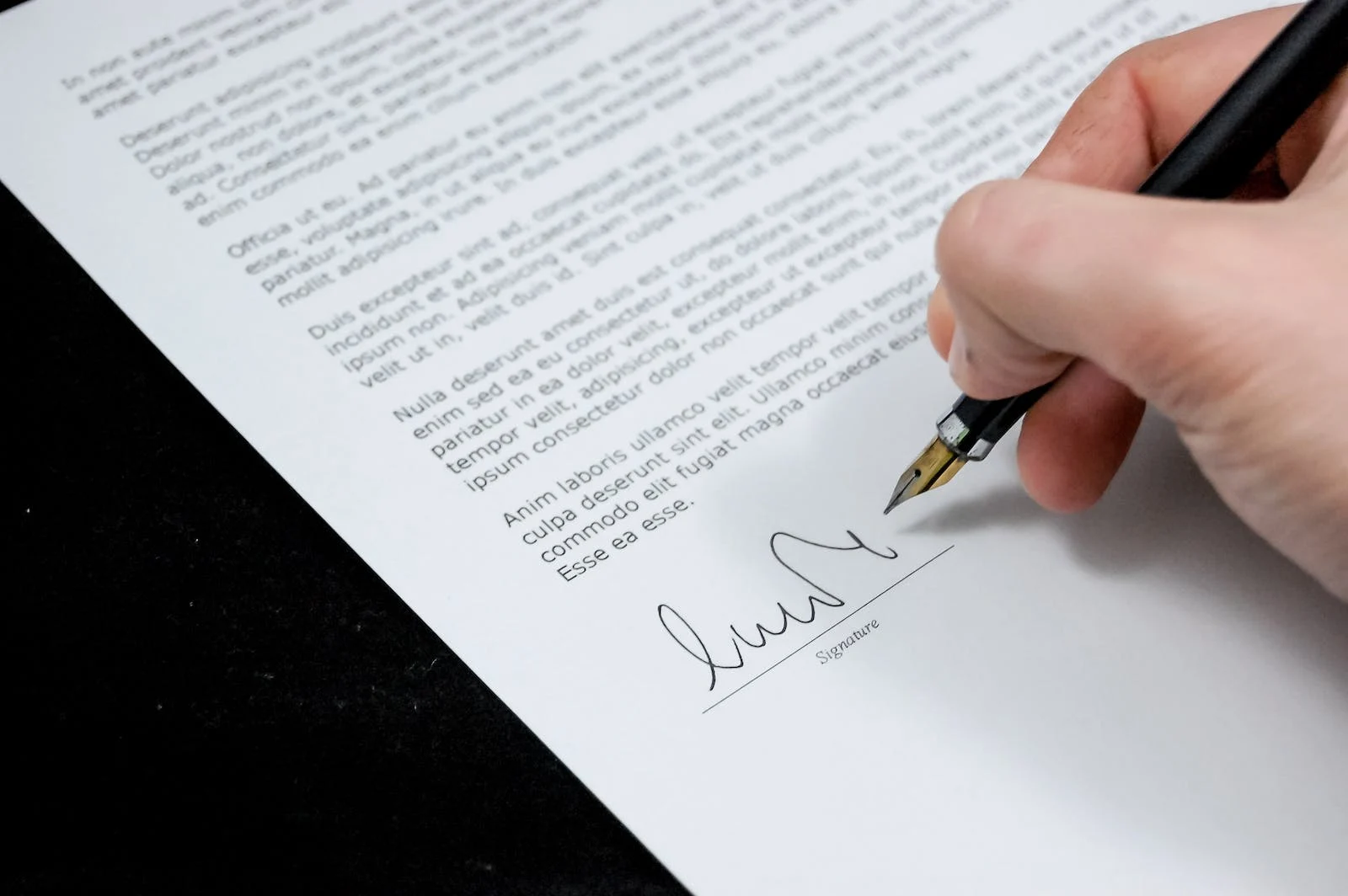A non-renewal lease letter is a written document that informs either the landlord or the tenant that they will not be renewing the current lease agreement for another term. This letter is typically sent to fulfill the requirements stated in the lease agreement and is a necessary step in the lease termination process.
In this article, we will guide you through the steps of how to write a non-renewal lease letter, including what to include in the letter and when to send it.
Why Should You Draft a Lease Non-Renewal Letter?
A non-renewal notice is an essential part of the lease termination process. It allows both the landlord and the tenant to prepare for the next steps once the lease term ends. The notice ensures that there are no surprises and that everyone is aware of what to expect.
For landlords, a non-renewal notice is critical because it allows them to plan for the next tenant. Landlords need to know when a tenant is leaving and if they plan to renew the lease to ensure that they have enough time to prepare the property for the next tenant.
For tenants, a non-renewal notice is important because it protects them from potential fees and penalties. If a tenant fails to notify the landlord of their intention not to renew the lease within the required timeframe, they may be charged with additional fees or be forced to extend the lease for another term.
When Should You Write a Non-Renewal Lease Letter?
The timing for writing a non-renewal lease letter depends on the lease agreement and the state or local laws. In most cases, tenants are required to provide notice to their landlord of their intention not to renew the lease within a certain timeframe, typically 60 to 90 days before the lease expires.
For landlords, the timeframe for providing notice to the tenant of non-renewal can vary depending on the state or local laws. Typically, landlords are required to provide notice within 30 to 60 days before the lease expires.
It’s important to check the lease agreement and local laws to determine the specific timeframe required for providing a non-renewal notice.
How to Write a Non-Renewal Lease Letter
Writing a non-renewal lease letter is a straightforward process. Here are the steps you should follow to write an effective non-renewal notice.
Use a Professional Format
When writing a non-renewal lease letter, it’s important to use a professional format. Use a business letter format with a professional tone. Address the letter to the landlord or tenant and include the current address of the property.
State the Purpose of the Letter
In the opening paragraph, clearly state the purpose of the letter. For example, “I am writing to inform you that I will not be renewing my lease for another term.”
Provide the Lease Expiration Date
Include the lease expiration date in the letter. This lets the recipient know when the lease term ends and when the property should be vacated.
Provide a Reason for Not Renewing the Lease
While you are not required to provide a reason for not renewing the lease, it can be helpful to do so. If there is a specific reason why you are not renewing the lease, such as a job relocation or a change in financial circumstances, include this in the letter.
Provide Instructions for Move-Out
Provide instructions for move-out in the letter. This should include details on what is expected of the tenant before vacating the property, such as returning the keys, cleaning the property, and cancelling utilities.
Include Contact Information
Include your contact information in the letter, such as your phone number and email address. This allows the landlord or tenant to contact you if they have any questions or concerns.
Non-Renewal Lease Letter Sample
Dear [TENANT/LANDLORD],
I am writing to inform you that your current lease for the property located at [ADDRESS] will not be renewed for another lease term. This note serves as my [90/120]-day notice of non-renewal, as required by our lease agreement. Your lease will expire on [LEASE EXPIRATION DATE], which means the property should be fully vacated by that day.
As stated in the lease agreement, the property should be returned in the same condition upon move-in (with the exception of normal wear and tear). Please provide a forwarding address prior to moving out, return all keys and key fobs, cancel your internet services, and your electricity service by the lease expiration date.
If you would like to schedule a rental property walk-through inspection to assess property damage and potential cleaning charges, please let me know a time and date that works best for you.
Thank you for being a valued tenant/landlord during your time at the property. Please let me know if you have any questions or concerns.
Best regards,
[YOUR NAME]
Conclusion
In conclusion, a non-renewal lease letter is an essential document for both landlords and renters when the lease term is coming to an end. It allows both parties to plan ahead and make the necessary preparations for the next steps. As a renter, it’s crucial to notify the landlord of your intention not to renew the lease within the required timeframe to avoid any penalties or additional fees. As a landlord, failing to notify the renter of the non-renewal plans can result in the tenant staying for an extra one to three months or the renter recovering one month’s rent.
When writing a non-renewal lease letter, ensure that you include all the necessary information such as the date of the lease expiration, the reason for the non-renewal, any forwarding address, and instructions on what the renter needs to do before moving out. Also, make sure to check the local landlord-tenant laws for any specific requirements and adjust the letter accordingly.
Overall, the non-renewal lease letter is a simple yet crucial document that can save both landlords and renters from unnecessary legal disputes and financial losses. With the proper planning and communication, the lease termination process can be smooth and stress-free for both parties involved.



